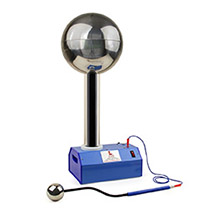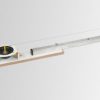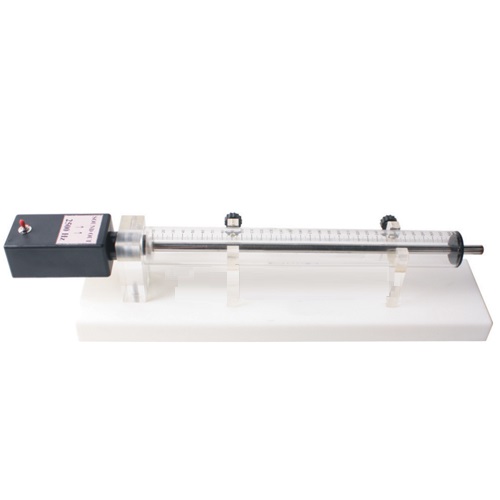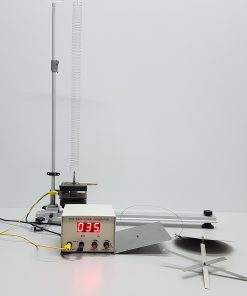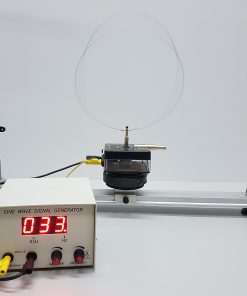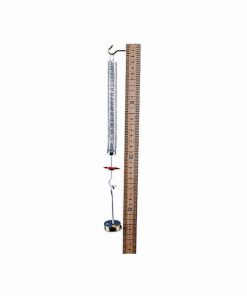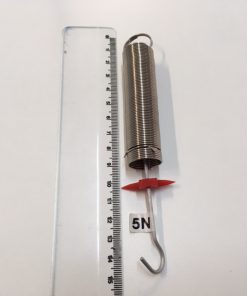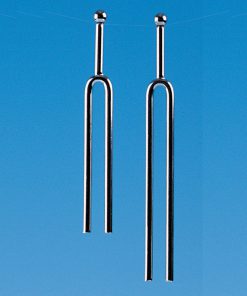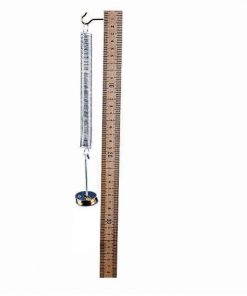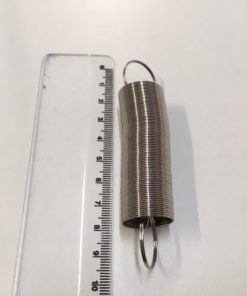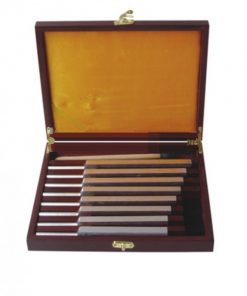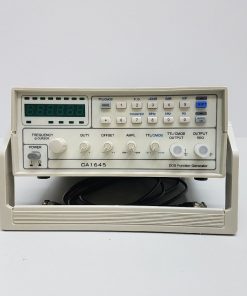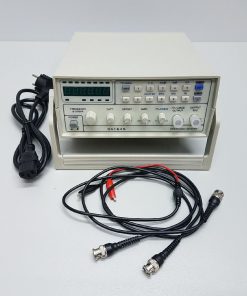Tubi KUNDT (VL023)
€ 115.00 + TVSH
Tubi i Kundt është një aparat eksperimental akustik i shpikur në vitin 1866 nga fizikani gjerman August Kundt për matjen e shpejtësisë së zërit në një gaz ose një shufër të ngurtë.
At one end of the tube is a source of sound at a single frequency (a pure tone), a loudspeaker attached to a signal generator producing a sine wave.
The other end of the tube is blocked by a movable piston which can be used to adjust the length of the tube.
The sound generator is turned on and the piston is adjusted until the sound from the tube suddenly gets much louder. This indicates that the tube is at resonance. This means the length of the round-trip path of the sound waves, from one end of the tube to the other and back again, is a multiple of the wavelength λ of the sound waves. Therefore the length of the tube is a multiple of half a wavelength. At this point the sound waves in the tube are in the form of standing waves, and the amplitude of vibrations of air are zero at equally spaced intervals along the tube, called the nodes.
The distance between the piles is one half wavelength λ/2 of the sound. By measuring the distance between the piles, the wavelength λ of the sound in air can be found. If the frequency f of the sound is known, multiplying it by the wavelength gives the speed of sound c in air:
c=λ*f
Produkte të afërt
Mekanika
Valët – Lëkundjet
Mekanika
Valët – Lëkundjet
Mekanika
Valët – Lëkundjet
Valët – Lëkundjet
Elektromagnetizmi


